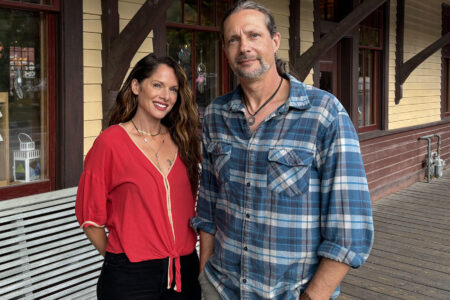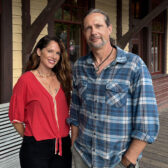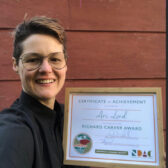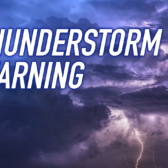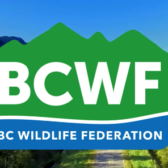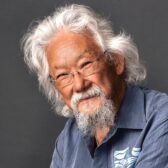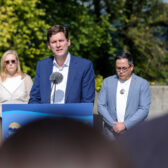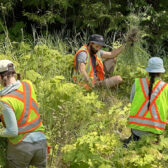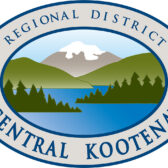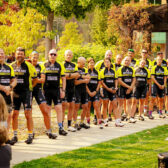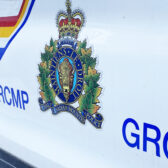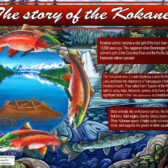Locals making inroads on firefighting in Slocan Valley complex: B.C. Wildfire Service
The province is hiring locals to help fight fires burning in the Slocan Valley, despite claims from people on social media to the contrary.
Karley Desroisers, information officer from the Southeast Fire Centre for the Slocan Lake complex (wildfire area), said the B.C. Wildfire Service has been honouring the tradition of hiring local people — experienced fallers and heavy equipment owner/operators — to help with wildfires.
“The B.C. Wildfire Service employs contractors in a variety of roles, including firefighting crews, heavy equipment operations, aircraft, facilities, camp and kitchen staff and maintenance,” she said.
“There are several local contractors supporting fire suppression efforts on the Slocan Lake Complex.”
Through social media posts and in the wake of the Aug. 4 community meeting in Winlaw at the Winlaw Elementary School gymnasium, several people noted there were “lots of people still around with good knowledge and know the mountains” of the area where fires are still burning.
“Some are not allowed to work around here because of potential emotional conflict with being around your own residence,” one person noted online.
Resources include
In all, there are 192 firefighters employed by the B.C. Wildfire Service making the trip to the Slocan Valley on a daily basis to battle the blazes.
For the 1,167-hectare Mulvey Creek wildfire, there are currently 43 firefighters assigned and three fallers responding to the fire, with four pieces of heavy equipment.
Overall, there are eight helicopters assigned to the Slocan Lake complex as site conditions allow.
Nine pieces of heavy equipment are responding to the fire.
Structure protection units are maintaining systems, doing fuel mitigation work and patrolling for hotspots. There are 103 structural protection personnel assigned to the Slocan complex, as well as one incident management team.
There is also reconnaissance and bucketing support to personnel and crews on the ground as required and as visibility permits.
Just south at the 959.2-ha. Ponderosa FSR wildfire, there are currently 12 pieces of heavy equipment responding to this wildfire, with two fallers and 75 firefighting personnel. Komonko Creek has 74 firefighters committed, with seven fallers and 13 pieces of equipment.
Source: Southeast Fire Centre
Growing concern
Growth has occurred on the south flank of the Nemo Creek wildfire, the north flank of the Mulvey Creek wildfire, and the east flank of the Komonko Creek wildfire, south of enterprise creek.
“No significant growth has occurred on any of the fires in the past week,” said Desroisers.
Fire growth is driven by terrain-influenced winds, with downslope winds promoting movement downhill at night and upslope winds pushing the fire uphill during the day. These terrain-driven winds are crucial in determining the behaviour and spread of the fires, she said.
A B.C. Wildfire Service information page on wildfire noted that coniferous trees, with low lying branches and high sap content, are easily ignited by ground fires. The flames quickly reach the canopy, and the flammable sap accelerates the fire, leading to fast-moving wildfires.
Coniferous trees often have shallow root systems that become unstable when the duff layer — an anchoring layer of organic material — is burnt away. This makes the trees prone to falling, even if they appear undamaged on the outside, posing significant hazards to people, animals and infrastructure.
Fallen trees can block roads and obstruct access routes. Drought conditions worsen these problems by increasing the flammability of organic materials, resulting in more intense and widespread fires.
Source: B.C. Wildfire Service



